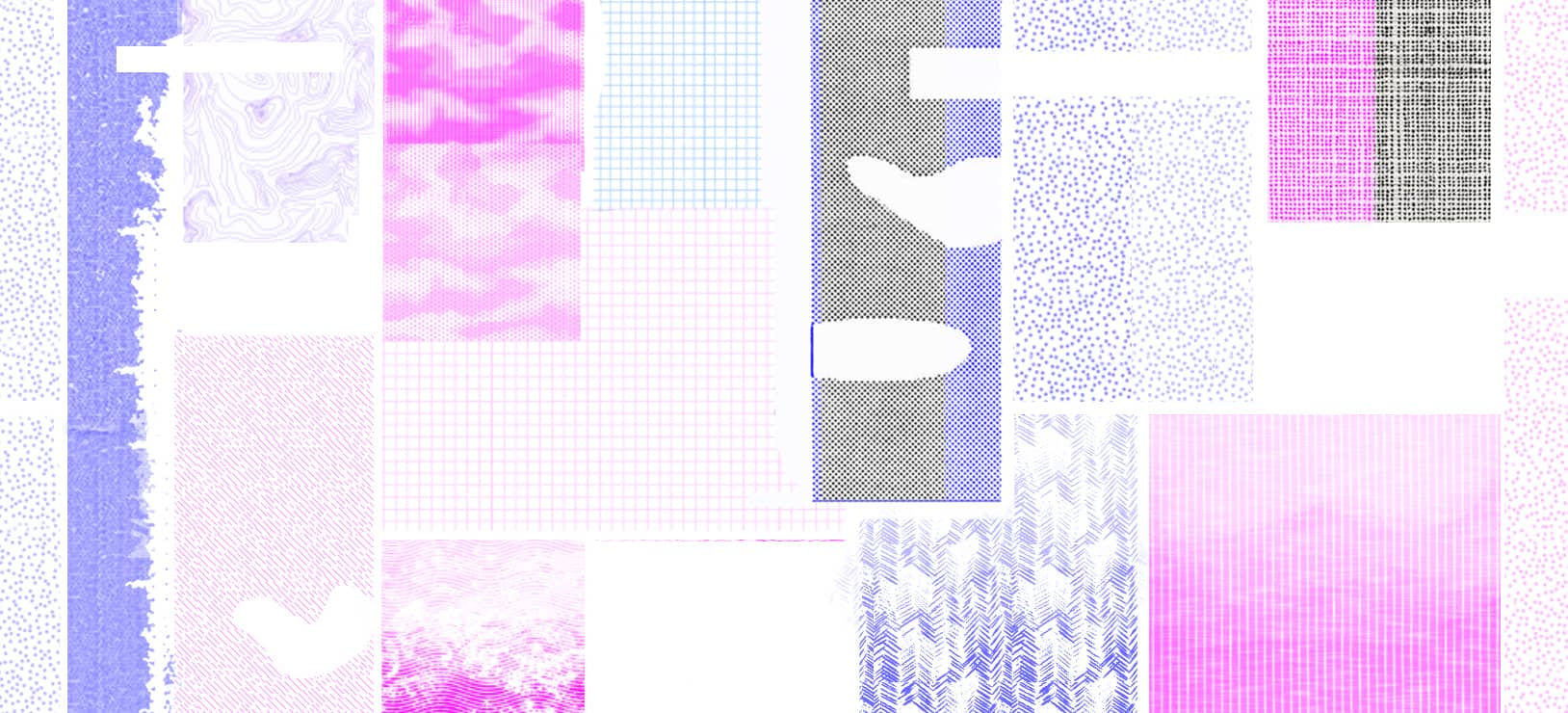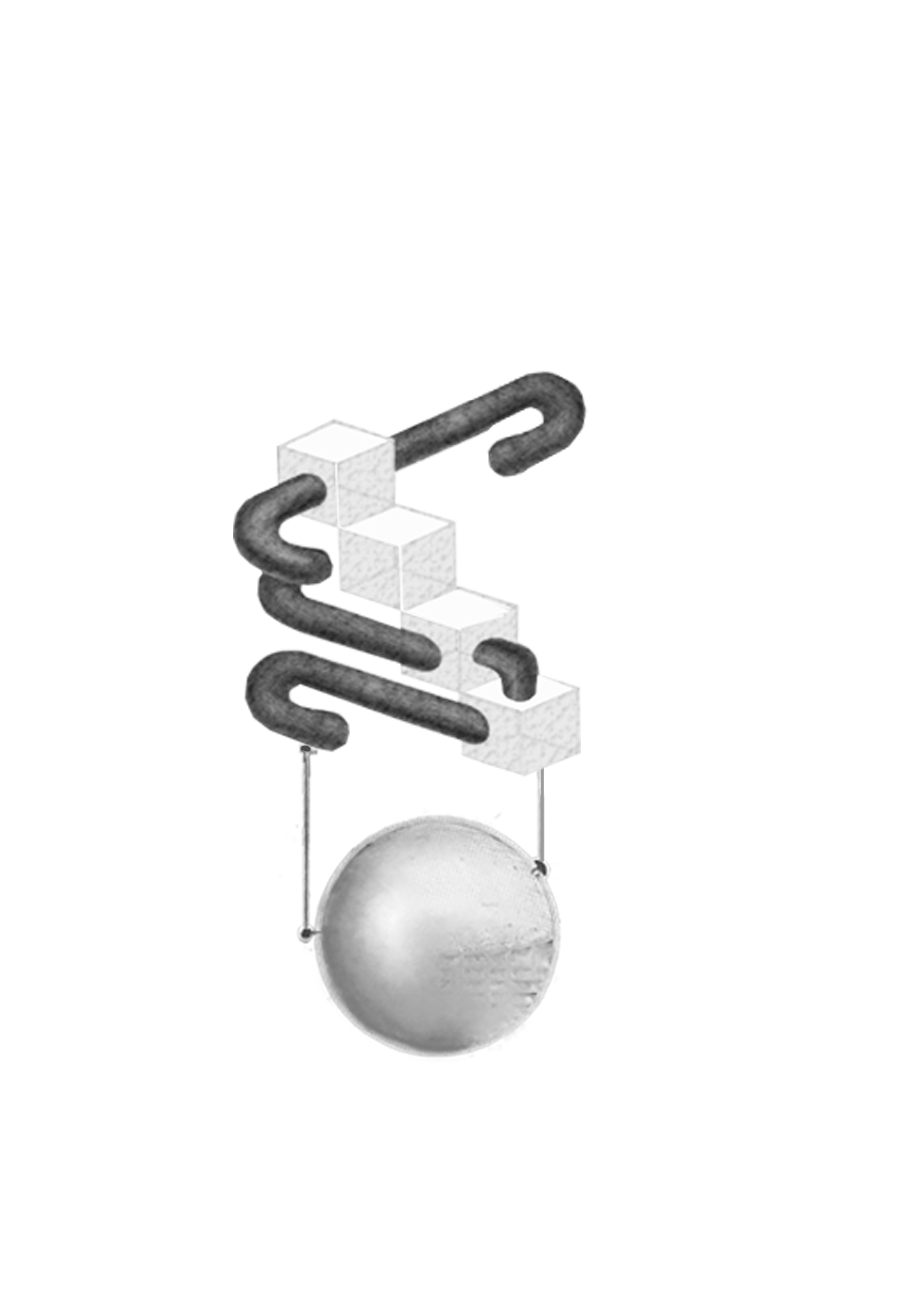
Results
Announced

Drawing is a powerful medium that is not only used to record what is around us but can also be used to create an imagination for the future. Graphical representations can allow us to express our opinions and anxieties about the city and its architecture. It also gives us the creative freedom to re-configure, re-order and re-imagine our existing cities to hint towards a possible future.
The purpose of this competition is to use the power of representation to critique the existing city and create an imagination for the future city.
For more information, click below to download the complete competition brief.
For example, the drawing by B.V.Doshi for Aranya Housing is not an expression of a new design but an imagination of what Indian cities could be. Similarly, the illustration by Archigram of the Plug-in City is a manifesto for future cities, which questions the rigid structure of the existing.
BACKGROUND
the CHALLENGE
Rather than begin with a clean slate (tabula rasa), participants engage with an existing city; and imagine the possibilities that can emerge by - Ripping, Mixing & Burning.*
In this competition, participants will try to use the existing parts of the city and re-configure them (Rip) to create a new configuration (Mix) and represent the same in a single drawing (Burn). Hence the theme RIP, MIX, & BURN - the city.
The aim is to develop a drawing that can be an illustration, a collage, a visual commentary, digital or hand-drawn and produce a written manifesto as the key argument for the imagined city.
* Inspired by the famous Macintosh ad of 2001 that for the first time gave an iMac user the possibility to Burn their music playlists on their CDs.
The challenge is to produce an A2 visual representation along with a short written manifesto that imagines the future of the cities. Participants should use the listed scenarios as a guide for the same.
A2
A2
or
a written manifesto
(maximum 250 words)
x 1 A2 illustration
(portrait or landscape)



registration fees
Early Registration
(10th September - 25th October)
₹ 1,800
(For Indian Participants)
$30
(For all other Participants.
This includes transaction fee)
Regular Registration
(26th October - 30th December)
₹ 2,400
(For Indian Participants)
$40
(For all other Participants.
This includes transaction fee)
schedule
Competition Launch
10th September '21
Submission Deadline
3rd January '22
Announcement of Winners
21st February '22
*All deadlines are scheduled at 11:59 pm IST
SCENARIOS
Participants to choose any one of the below-mentioned themes as a guide for their visual representation.
Technology and the City
In this scenario, we assume that certain new or existing technologies have begun to dominate our cities in which they either govern, control or perhaps liberate the citizens. Technology has been the rock-bed of urban development, especially so after the Industrial revolution. It changed the way we live and commute; be it the water supply or wastewater systems, transportation or electricity.
But will future technologies create more sustainable and balanced cities? Or will they splinter the urban fabric by creating a dystopic future? Participants may explore both the positive and negative possibilities of Technology and the City.
Nature and the City
Some of the earliest cities were a result of surplus agricultural practices. It demanded modification of waterways and the organization of extensive labour to carry out the massive civil project of canals and dams. The question of nature in the city at the same time becomes intriguing and challenging to answer.
At one level, cities modify the existing natural conditions to re-configure and create a new nature; on another level, cities in many parts of the world destroyed the earlier rhythms of nature.
Can you imagine the relationship between the city and nature in the distant future? Where are we headed? Is there hope, or are we trapped in a vortex of a downward spiral?
Citizen and the Community
Across the world, many cities have imagined themselves to be close to the Greek ideal of a polis, where the urban citizen participates in civic affairs. This rhetorical claim of an idea of the public sphere is an important one that makes the city progressive, cosmopolitan, diverse and accepting of the other.
However, the reality on the ground in our cities are not as ideal; ghettoization, hardening of community identities, and splintering of the large city into many different self-sufficient gated neighbourhoods have taken away the possibility of realizing the true potential of the city.
Can we imagine a new way in which urban communities can organize themselves, socially and spatially, allowing for the creation of more diverse, just and humane cities? or will we be forced to carve out a semblance of an idea of the “polis” in the endless urbanity of decaying ghettos and shiny condominiums?

DELIVERABLES
A2
A2
or
a written manifesto
- Maximum 250 words
x 1 A2 illustration
- Portrait or Landscape orientation
- Should not exceed 10 MB (300 dpi )
- File Name : UniqueCode_Title.jpg


PANEL
Prof. Matthew Gandy
Professor, Department of Geography,
University of Cambridge

Prof. Seema Khanwalkar

Social Scientist and Adjunct Professor, Faculty of Design, CEPT University
Prof. Christophe Jaffrelot
Senior Researcher at Centre National de la Recherche Scientifique, Paris

Priyanka Sheth

Architectural Designer and Researcher,
New York, United States
Prof. Pratyush Shankar (Curator)

Dean at SEDA Navrachana University, Vadodara, India
Prof. Christophe Jaffrelot
Prof. Christophe Jaffrelot is a CERI-CNRS Senior Research Fellow who teaches at Sciences Po in three different schools. He was elected president of the French Association of Political Science (AFSP) in July 2020. He is a regular columnist for the Indian Express.
Read more about him here.
Ruturaj Parikh

Architect and Urban Designer at Studio Matter, Goa
Prof. Matthew Gandy
Prof. Matthew Gandy is a cultural, urban, and environmental geographer with particular interests in landscape, infrastructure, and more recently bio-diversity. The historical scope of his work extends from the middle decades of the nineteenth century to the recent past.
Read more about him here.
Prof. Seema Khanwalkar
Prof. Seema Khanwalkar is a PhD in Linguistics and Semiotics from the Jawaharlal Nehru University, New Delhi. She is a Professor and has been teaching for over two decades. She is currently associated with CEPT, NID, IIT Powai, IIM-A etc. where she teaches, guides thesis and does research.
Read more about her here.
Priyanka Sheth
Priyanka Sheth is an architectural designer currently working in New York. She has experience working on preservation projects for academic and cultural institutions. She has a M.Arch from Yale University and a B.Arch from CEPT University.
Read more about her here.
Ruturaj Parikh
Ruturaj Parikh established Studio Matter – a design and publishing platform in 2014 with his partner Maanasi Hattangadi. He is passionate about the process of building construction and believes in the power of creative temperament in shaping the work of the studio.
Read more about him here.
Prof. Pratyush Shankar
Prof. Pratyush Shankar is a practicing architect and an academic. He is Dean of SEDA Navrachna University, Vadodara, and Visiting Professor at Architecture Faculty, TU Darmstadt, Germany. He is presently writing a book on the History of Urban Form in India (Oxford University Press).
Read more about him here.
FAQ
If you have any questions, you may search for answers in the online FAQ and our Instagram page, or send us an e-mail at competition@citylabsindia.com .
Remember to mark the e-mail with your unique code.
GUIDELINES
This competition is open to all. There is no restriction on education, institution or nationality. Registration can be done as an individual or in a group (maximum three participants).
CityLabs India and the Panel in charge will follow the same evaluation criteria that will be assigned based on the following –
-
Clarity and quality of the graphic.
-
Coherence between the manifesto and the illustration.
-
Relevance to the theme.
